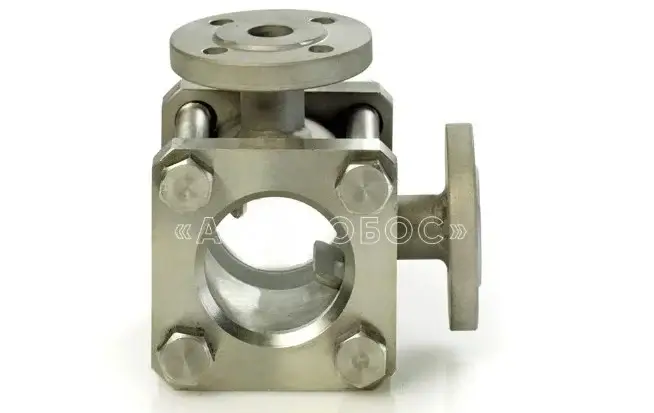Pipeline inspection window - features and application
During the operation of technological pipe systems in many areas of production and economic activity, visual observation of the working environment is required. This allows you to determine color, degree of contamination and a number of other characteristics. To be able to carry out such work, an inspection window is used for the pipeline.
It is installed directly into the pipeline in a place convenient for observation. It is also possible to install several devices, which will allow you to approach the problem in a comprehensive manner. Products are in demand in the following main areas of activity:
- food industry;
- pharmacological industry;
- oil refining complex;
- chemical production
Manufacture is carried out in full compliance with the requirements of regulatory and technical documentation. This takes into account recommendations on such parameters as the degree of aggressiveness of the environment and surrounding air, the presence of vibration loads, the required size and a number of other factors. Thanks to this, high quality products are guaranteed and a long service life is ensured without systematic maintenance.
Design features and installation
The viewing window for the pipeline is presented in the form of a tube made of high-strength borosilicate glass, obtained by the oxygen-oxidation method. hydrogen smelting. Its design also includes metal clamping elements, between which the glass is fixed. According to the method of connection to the main line, they can be flanged, wafer-type and coupling. In addition, the products can also be criminal. In this case, the body is made of steel and has a hole for fastening the glass, equipped with a thread for a fastening component. Thus, depending on the location (on a straight section, on a bend in a process line), the most suitable device for certain application conditions is selected.
Fundamental advantages and materials used
Inspection windows for pipelines have the following advantages:
- high temperature resistance;
- ability to withstand impacts;
- resistance to wear due to abrasive environments.
Borosilicate transparent raw materials is able to cope with all this, but accordingly there are increased demands on the material used to make the case. To create it, it is permissible to use stainless steel, carbon and alloy steels. The choice directly depends on the degree of aggressiveness and purity of the substance and the required hygiene. An example of a raw material such as stainless steel. Due to their ability to resist corrosive destruction and environmental safety, diopters with load-bearing elements made of this steel are most in demand in the food sector and chemical industry.
Additionally, windows can be equipped with a protective grille and a lighting system. The last component makes it possible to observe the environment in low visibility conditions. It is important to note that during operation the stele may be damaged. Therefore, in order to perform a quick replacement, it is necessary to install shut-off valves at both the inlet and outlet.
